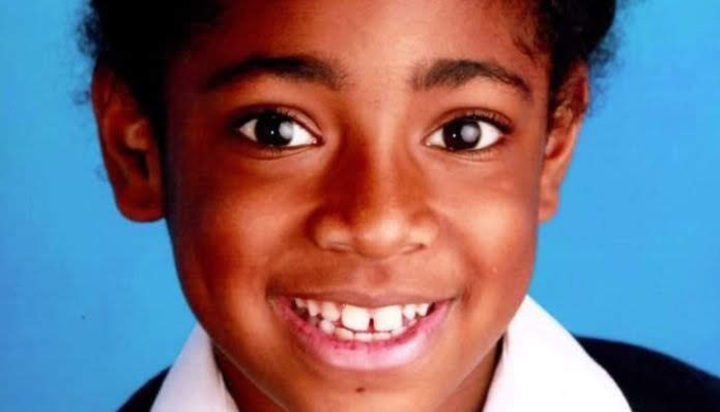On 16th December 2020, the London Inner South Coroner’s Court concluded its two-week inquest, led by coroner Philip Barlow, concerning the death of nine-year-old Ella Roberta Adoo Kissi-Debrah in February 2013.
Ella Roberta Adoo Kissi-Debrah died after 28 months of seizures and 28 visits to the hospital for breathing problems. Her home was 25 metres from the South Circular Road in Lewisham.
The coroner concluded: “Air pollution was a significant contributory factor to both the induction and exacerbation of her asthma.”
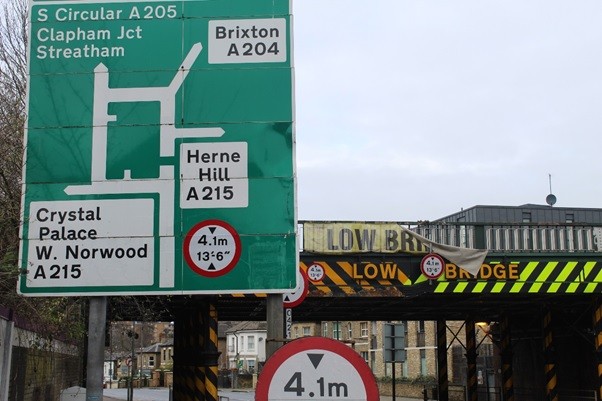
A 2014 inquest found that the cause of death was acute respiratory failure and severe asthma. After new evidence on local pollution came to light, the High Court granted a new inquest.
Most recently, just two months ago, Coroner Philip Barlow urged the government to set legally binding particulate matter (PM2.5) targets based on World Health Organization (WHO) guidelines.
He said: “The national limits for particulate matter are set at a level far higher than the WHO guidelines.
“The evidence at the inquest was that there is no safe level for PM2.5 and that the WHO guidelines should be seen as minimum requirements.”
Today, which is Clean Air Day, the deadline for a response from officials to the Coroner’s report ends.
“It is incredibly sad that she had to suffer so much so as for us to get where we are after this decision. Part of me feels that she has been sacrificed to make people aware of the impact that air pollution has on health. I hope that government and local authorities will come to a point where there have to set a clean air law and stricter regulations” said Rosamund Adoo Kissi Debrah, Ella’s mother.
“She was very popular at school. She was stubborn, but probably she had to be stubborn if you look how ill she was.”
She describes her daughter as clever, very caring and very musical, a girl who was good at sports, arts and science.
“From the age of three she went to a Performing Arts School, she was very good at dancing, singing and acting. Her favourite movie was Mamma Mia.”
Ella wanted to be a pilot and that’s why you could see miniatures of aeroplanes instead of posters of pop stars in her bedroom. That was the space in which she used to spend her time before the ‘storm’.
Just before her seventh birthday, she began to develop what was later confirmed at her inquest as rare and life-threatening asthma.
It all started in 2010. “It was in October, half term when we first noticed few strange symptoms. We took her to the GP. By that time, we thought that it was a chest infection. She had a peculiar cough. We were not worried because children get ill very often.
“We thought she would recover from it.
“Initially even specialists struggled to diagnose asthma. Her asthma was so rare, so unique, and so severe. At first, she was treated lightly with some antibiotics.”
She said medics never raised the issue of air pollution while she was visiting hospitals. If they did her family would have taken the decision to move from the area, where Rosamund first came 20 years ago, when “there was less traffic and the air was not so polluted”.
She said: “As she was very ill, we were desperately trying to get on top of why she was ill. We were desperate to find something for her to live. We had no idea what triggered her condition.”
Throughout her illness, Ella had been treated in five separate hospitals but no medical professional had ever explained that air pollution could be making her asthma worse.
“A few months later, she stopped breathing and went into intensive care. In December 2010, she went into a coma. None of us really knew what was wrong. Up until then, she had been healthy. This came out of the blue.”
Ella had 28 visits at hospitals in a 28-month period before her last asthma attack in February 2013.
Her mother said she only started thinking of air pollution as a possible cause of her exacerbating health condition after Ella died. The first inquest was in 2014 and at that time they realised that the triggers of her asthma attacks had something to do with the air. “But we still did not know what it was. Something in the air could be anything.
“She wasn’t allergic to any food; she didn’t have any virus. Someone from the neighbourhood who was looking at pollution measurements in the area told me that in the evening when she had her last asthma attack, Lewisham had one of the worst air pollution episodes ever, on 14th February of 2013.
“At that time, I didn’t know anything about nitrogen oxide, particulate matter. I would have never imagined that I had to learn everything about air pollution in the coming years. I found all these things two years after she died.”
She has been fighting for all these years to find a meaning, a reason for her daughter’s death. “It was incredibly challenging because I didn’t know people, scientists and experts who could help me find the truth. I didn’t have a lawyer. I had been made redundant from my job; I didn’t have any money to pay even the lawyer. When I started I had nothing.”
“We suffer even today from gridlocks of traffic,” says her mother Rosamund. “Ella is the UK’s first person to have air pollution added at her death certificate, she may be the first person, but it is sad. I have fought for that for her and I am sure that there must have been other children in the past that might have been affected from air pollution.”
Some may wonder if Ella is the only person in the world that was affected by air pollution. Absolutely not. According to the WHO, every single year seven million people around the world die due to air pollution.
“Air pollution is a pandemic. It is everywhere in the world and it is in every country. They may have different causes, Poland may have coal, in Ghana, where my parents coming from, is from cooking and things like that.”
Ella’s mother Rosamund has just returned from a lung function test of her son.
She explained he had to do that because last summer, when new traffic measures were introduced over the area, there were so many vehicles and she wanted to make sure that this has not done any damage to his lungs.
She said: “These streets we are all living in, are full of children who are suffering from asthma.”
She asks local authorities not to put more traffic on these roads.
After her daughter’s death, Rosamund created a foundation in her memory, Ella’s Roberta Family Foundation.
Professor Sir Stephen Holgate, a leading expert on air quality at the University of Southampton, submitted expert evidence on behalf of Ella’s family for the court proceedings. In his report, he used the expression ‘canary in a coal mine’ to describe Ella’s case.
“Canaries were used in the Victoria era, two centuries ago, to detect high levels of pollutant gases in coal mines, particularly carbon monoxide.
“And because she had such sensitive airways, I called it ‘living on a knife edge’ during my evidence because that was what she was living.
“Her airways were activated by concentrations that other people would not respond to. But that does not mean that other people do not experience other issues with air pollution.”
He added Ella had an ‘exceptionally rare’ form of asthma that put her at ‘exquisite’ risk.
“When I had the opportunity to look at her lungs on the microscope, I saw that the lining of her lung was largely stripped off and therefore the chemicals in the air would interact with the nerves and the tissues directly.
“The coroner’s conclusion is that air pollution not only had an impact on her asthma attacks that she was getting in winter months, but also he also concluded on the base of the evidence I gave and others gave that air pollution would have contributed to the origins of her asthma on the first place, which is another thing to say that air pollution was a factor in her developing asthma at the age of five.”
Mr Holgate rejected the suggestion that Ella’s seizures could have been triggered by anxiety. “Historically, asthma was originally thought as being psychological in origin, which is very sad as this basically means that it is denying the organic nature of the disease.”
“I am breathing the same polluted air that Ella did”
Anjali Raman- Middleton was in Ella’s year at primary school. “We were at the same school; we attended the same community events. I was shocked when I found out that she has died. I had seen her a few days before that, and she had seemed fine and completely normal.”
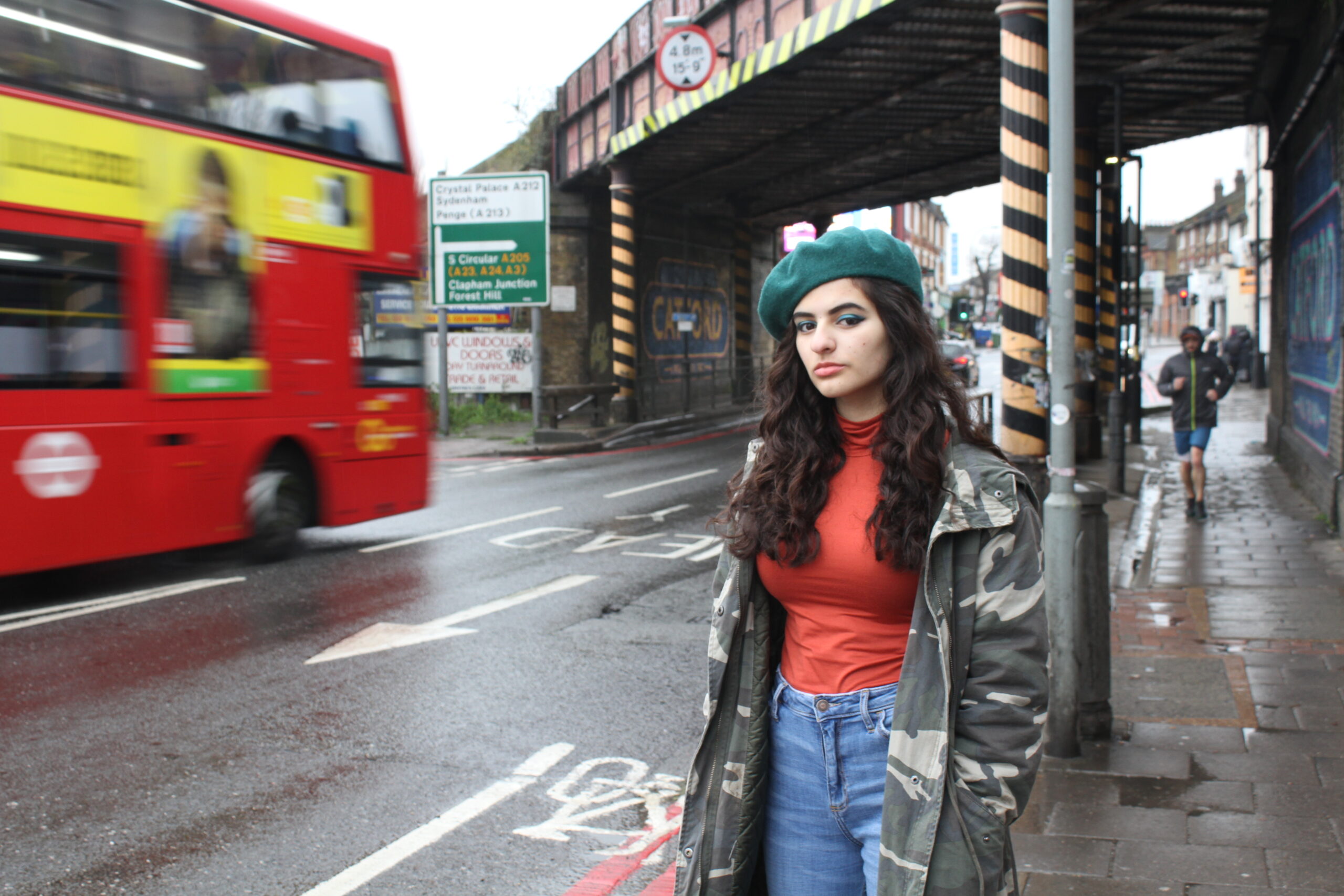
She doesn’t remember her talking about her condition, but she knew Ella had asthma, she was seeing her carrying relatively often the pump around – but it was not something that she was talking about with her friends.
Anjali lives in the same neighbourhood as Ella. She says she breathes the same polluted air that Ella did. She lives less than five minutes from the road that killed her.
“It is absolutely disgraceful the fact that air pollution in the area is so high. And I think it is really alarming that the government doesn’t seem taking any action now surrounding this and I am really hoping the recent inquest forces them to take this issue more seriously.”
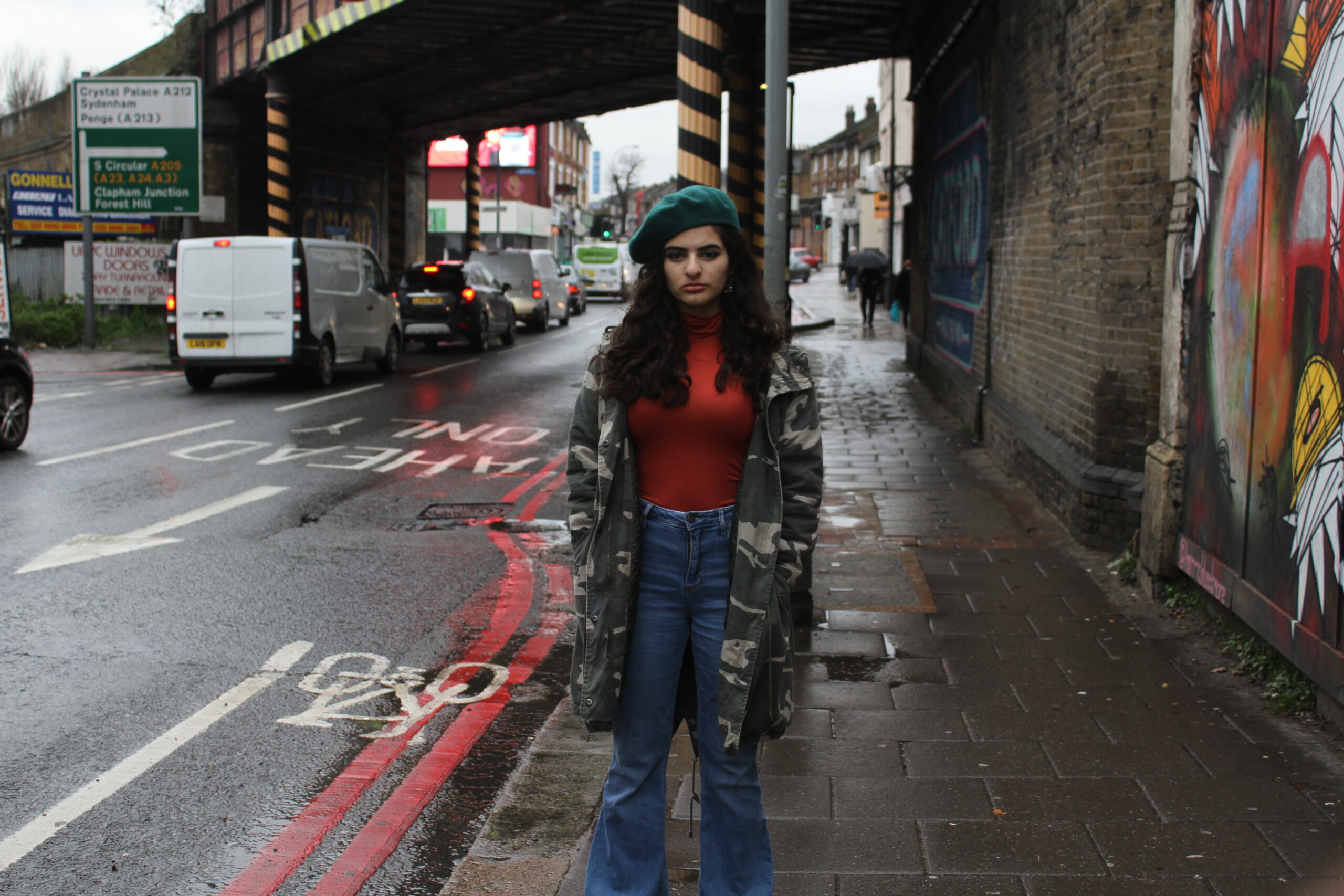
She explained the area she is living in is deprived with high rates of communities of colour, they are very ethnically diverse, and this is something policymakers should have in mind and consider because of the reports claiming air pollution affects society’s most vulnerable people.
She said that a lot of traffic gets diverted through this area and this may cause the bigger problem – she feels that her area is overlooked by authorities and she speculates that the reason why this is still happening is that this part of London is not an area that government has an interest in.
She believes that clean air legislation is weak in the UK and she adds that the UK needs to commit to WHO targets.
“Air pollution has been something that I was always passionate about and that’s why I have created the Choked-Up campaign to raise awareness around this alarming issue, protect the lives and interests of citizens of deprived areas and put pressure on the government to change the country’s clean air legislation.”
“Government should take air pollution more seriously”
Speaking on the landmark decision Sarah Woolnough, Chief Executive at Asthma UK and British Lung Foundation said: “I am delighted for this landmark decision. I very much hope it would lead to a shift in the type of action that is taken to tackle air pollution.
“Apparently, that should result in new legislation, we do want to see new legislation, there is an Environment Bill going through Parliament at the moment, which we would like to see strengthened and we would like to see air pollution standards set in line with WHO standards by 2030. But we would also like to see the government taking air pollution more seriously and much more proactively to warn people about the dangers of air pollution to inform them at a local level.
“I think there has not been leadership in governments to consider air pollution as a health issue. We describe air pollution as a health emergency, so many people across the UK are breathing dirty air on a daily basis. Schools and colleges are built in areas where air pollution is way too high. I think from the government there is hesitance on the cost of these things, and I think we need to get over that.”
Responding the conclusion of the inquest into the death of Ella, Damien Egan, Mayor of Lewisham and Councillor Sophie McGeevor, Cabinet Member for Environment and Transport said: “Our thoughts are with Rosamund and her family at this very difficult time.
“Rosamund’s campaign for clean air has been hugely impactful both locally and nationally in bringing awareness to the dangers of air pollution.
“We support her in continuing this fight and will do everything we can to enact and call for change – working with the Government and Transport for London to try to reduce the impact of traffic and air pollution on our community.
“Our hope is that the ruling is the evidence needed to effect lasting change, to finally secure a national commitment to tackling air pollution in a meaningful way.”
“Feels like you don’t have enough oxygen”
Sarah Stirk, an asthmatic Londoner and photojournalist has chosen the issue of air pollution to work on a project, named ‘Airborne’.
She relates to Ella’s story as she grew up in Central London with lots of buses and traffic and she recalls this period as ‘sheer panic’. “It feels like you can’t get enough oxygen, enough air. It was a very frightening thing for me as a child. It makes you realise from a very young age that you are not immortal, you are not beyond death.”
She met Rosamund, Ella’s mother who really supported her project, a work aimed at making the invisible visible.
She said in the past, London was called ‘The Big Smoke’ from the coal burning, but today pollution is invisible because of the particulate matter and nitrogen dioxide whose impacts cannot be seen easily.
Her audio-visual work includes maps showing pollution in London that look like children’s veins and microscopic images of black carbon particles, the core of particulate matter, in children’s saliva and infrared photographs of children.

“It’s a very personal project for me. I remember every time when I was getting sick and how pollution made things worse for me. As a child, try to control the panic of asthma attacks it makes a lasting impression on you.”

“These photos are evidence of the impact air pollution has on children’s bodies. This project is about children and how they can suffer from polluted air”.
According to reports, nearly 10,000 people in London die early every year from long-term exposure to air pollution. Two million Londoners, including more than 400,000 children, live in areas that exceed legal limits for air pollution.
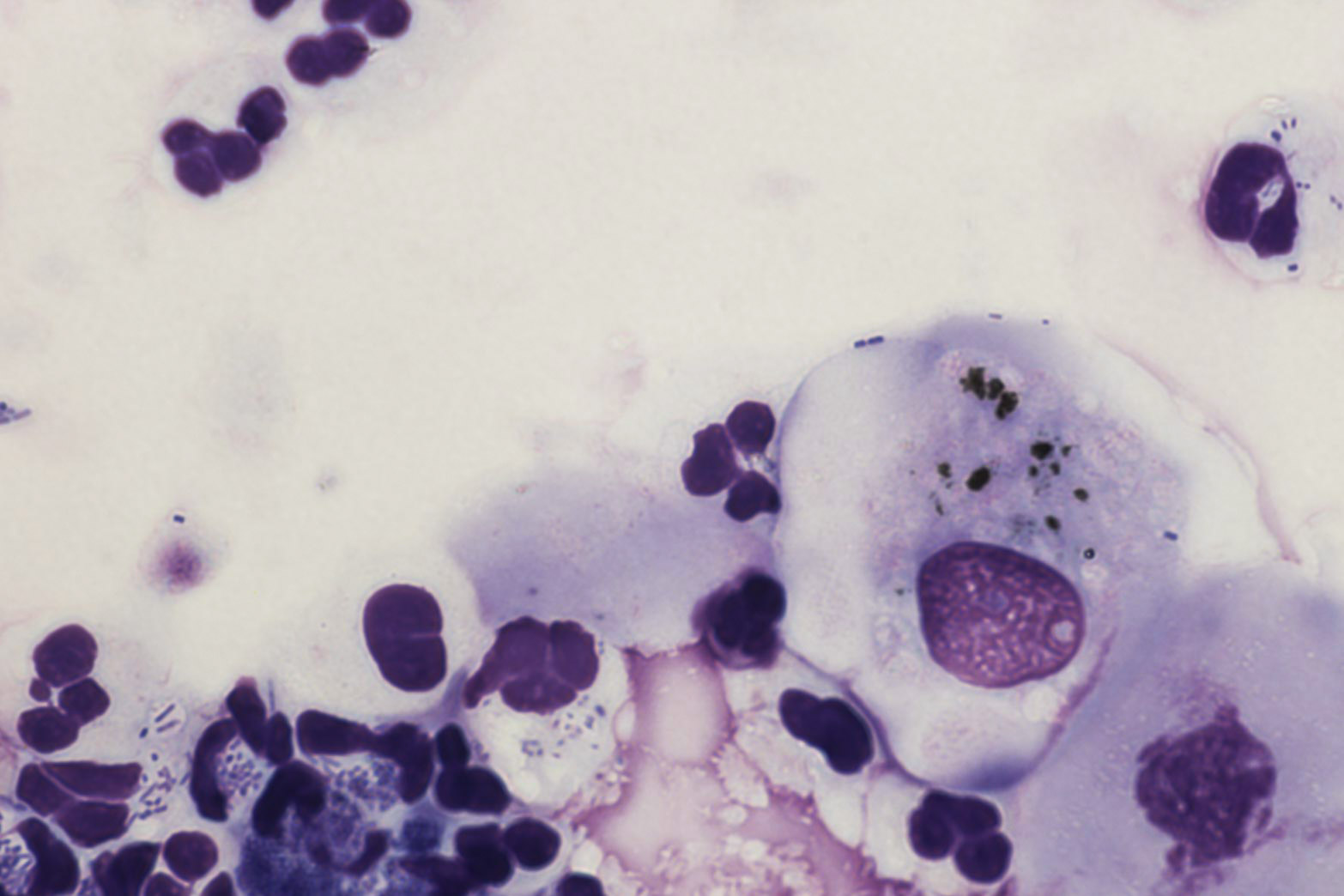

Image: Sarah Stirk, @sarah.stirk


